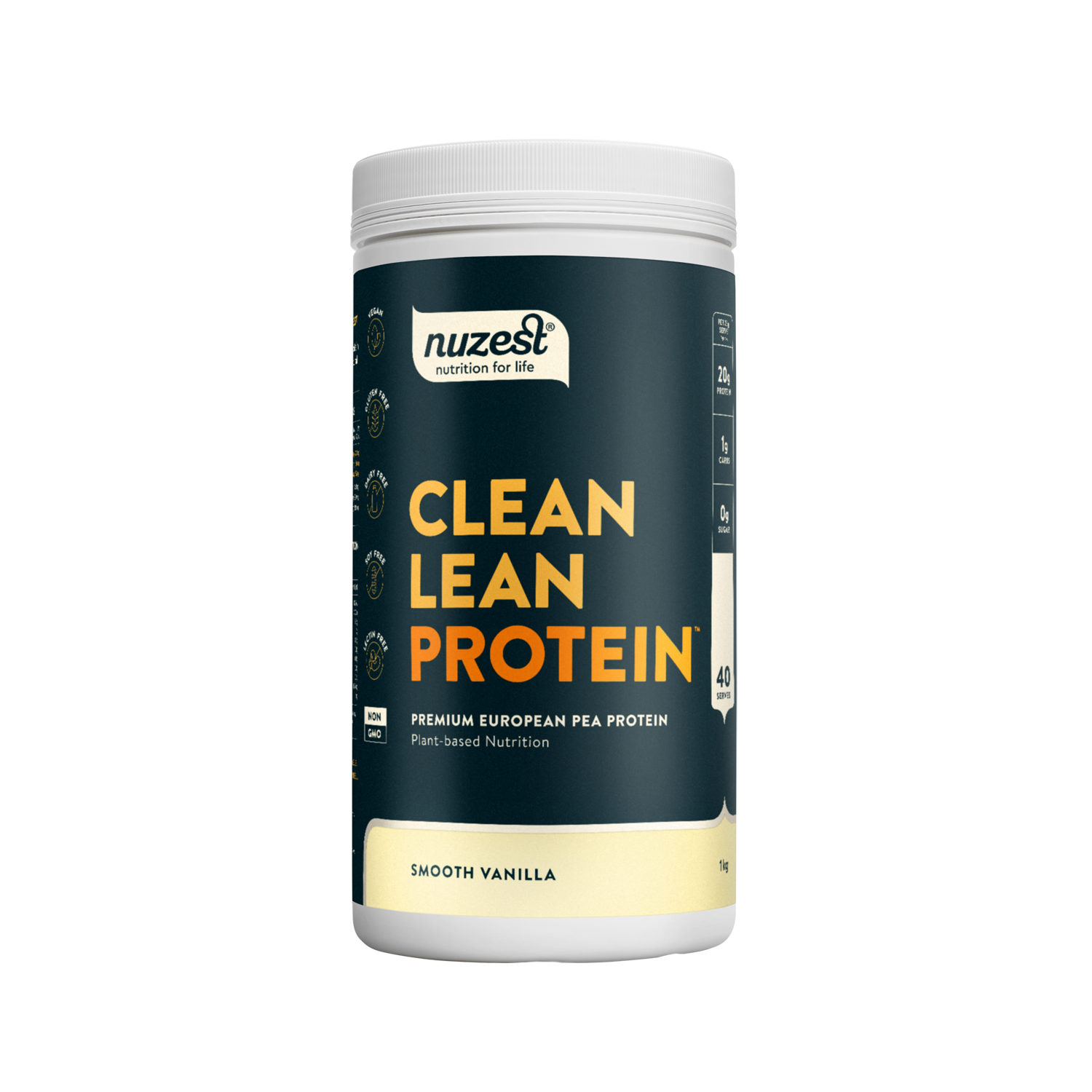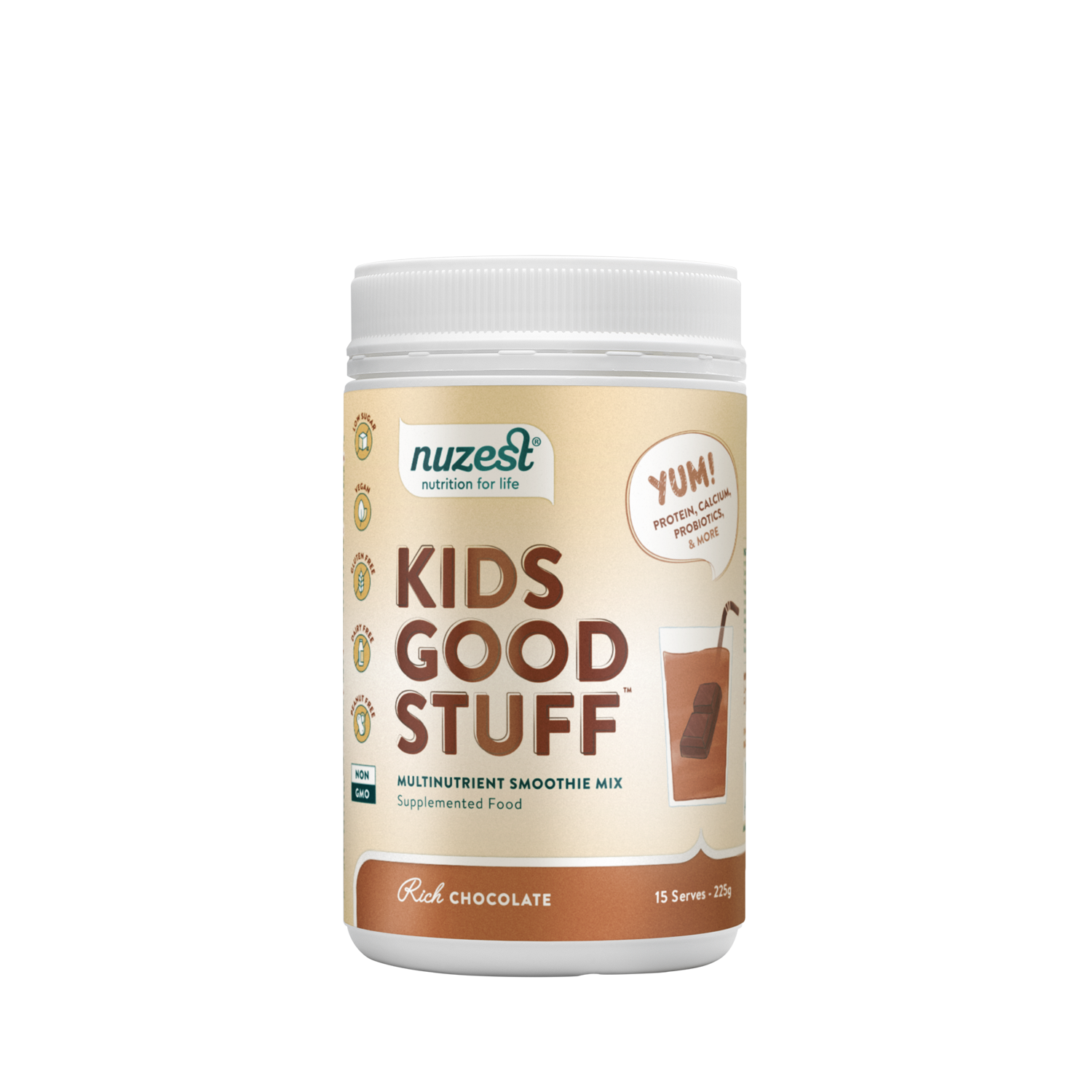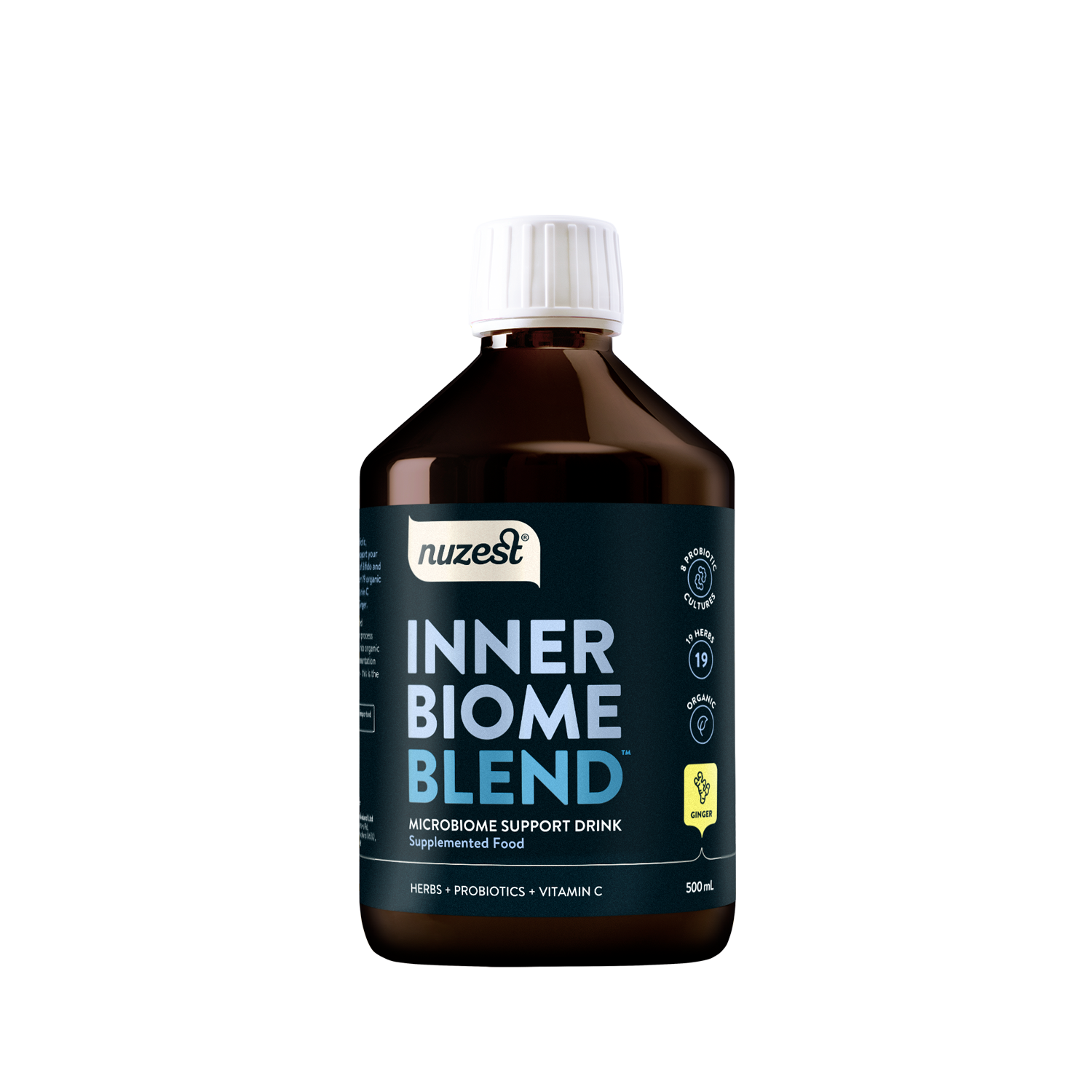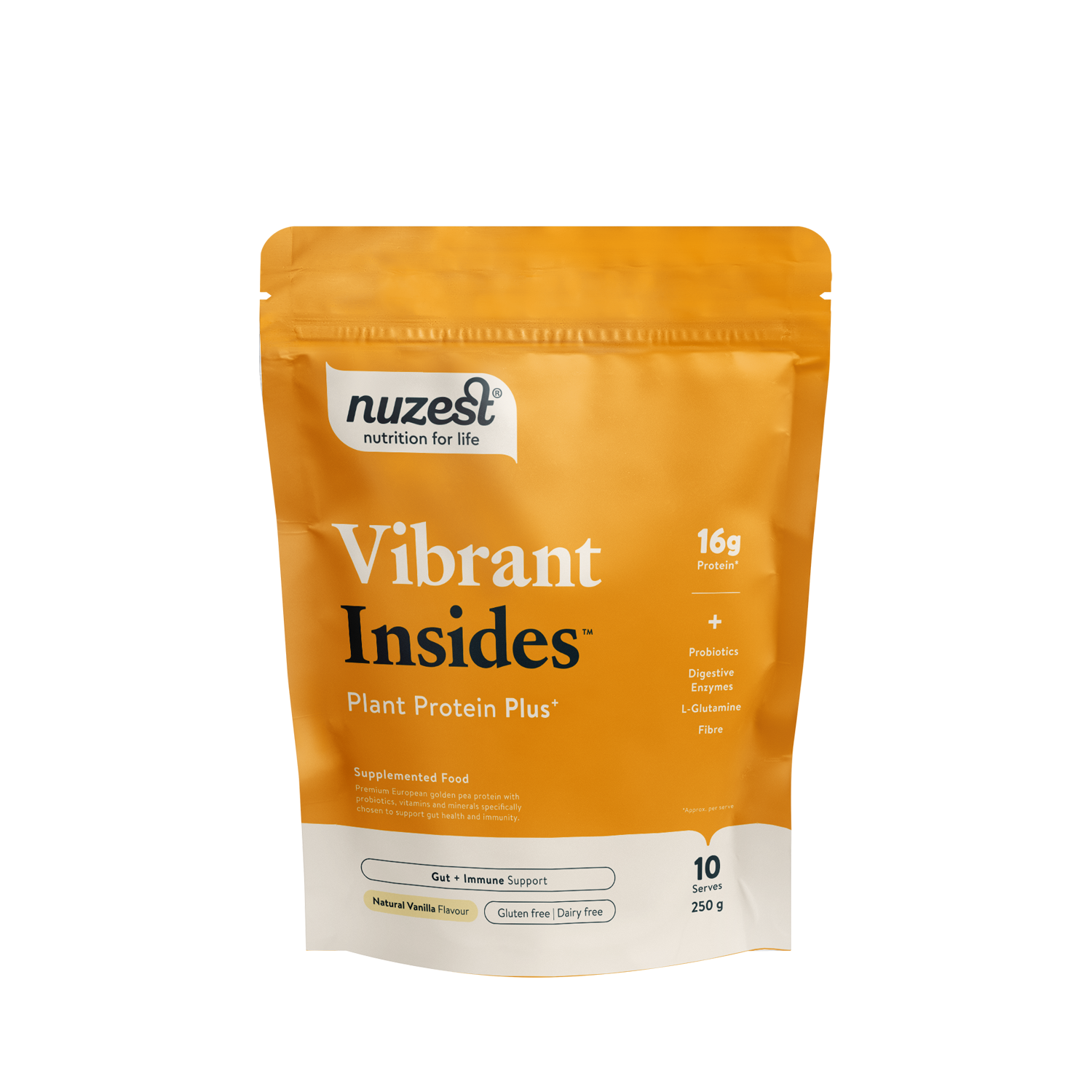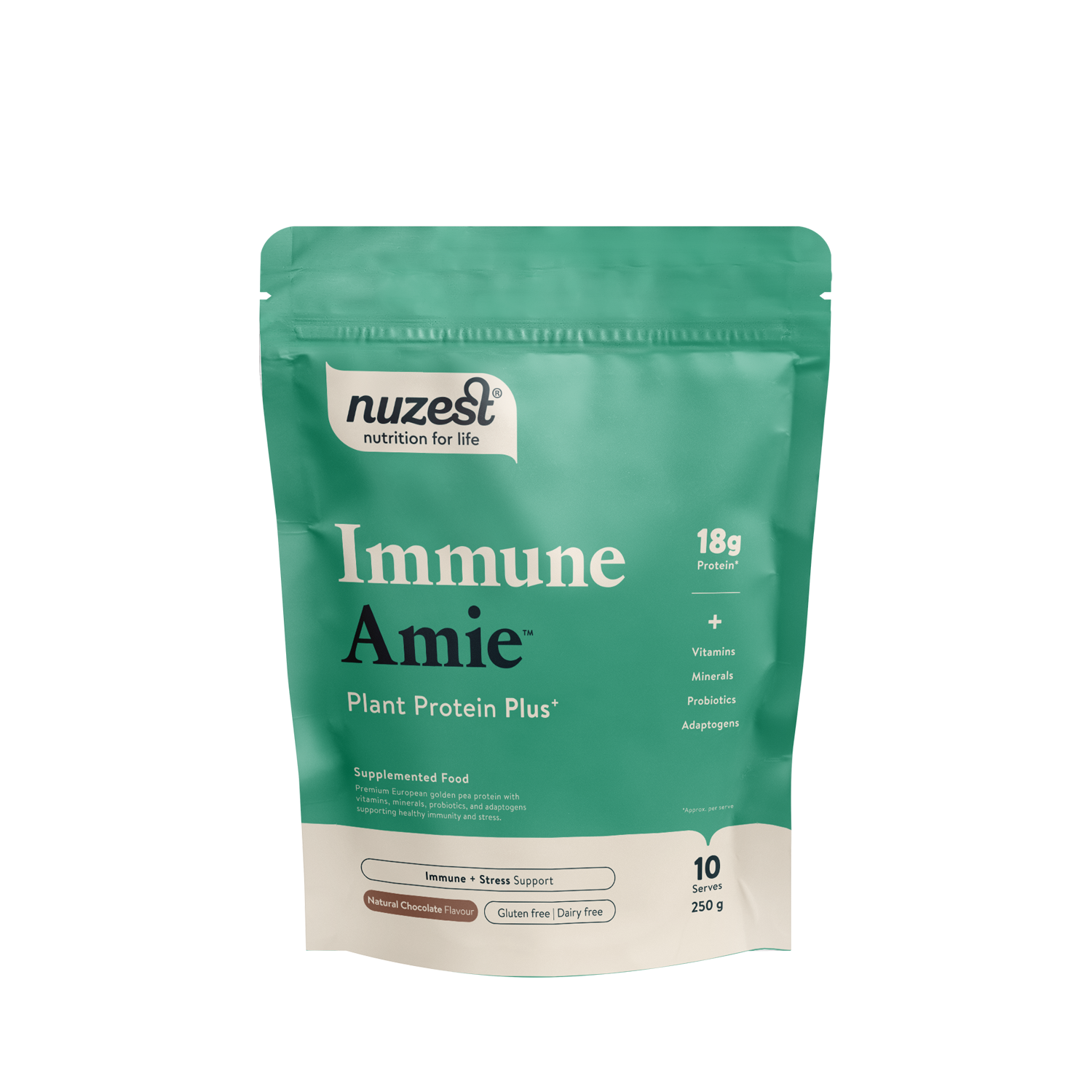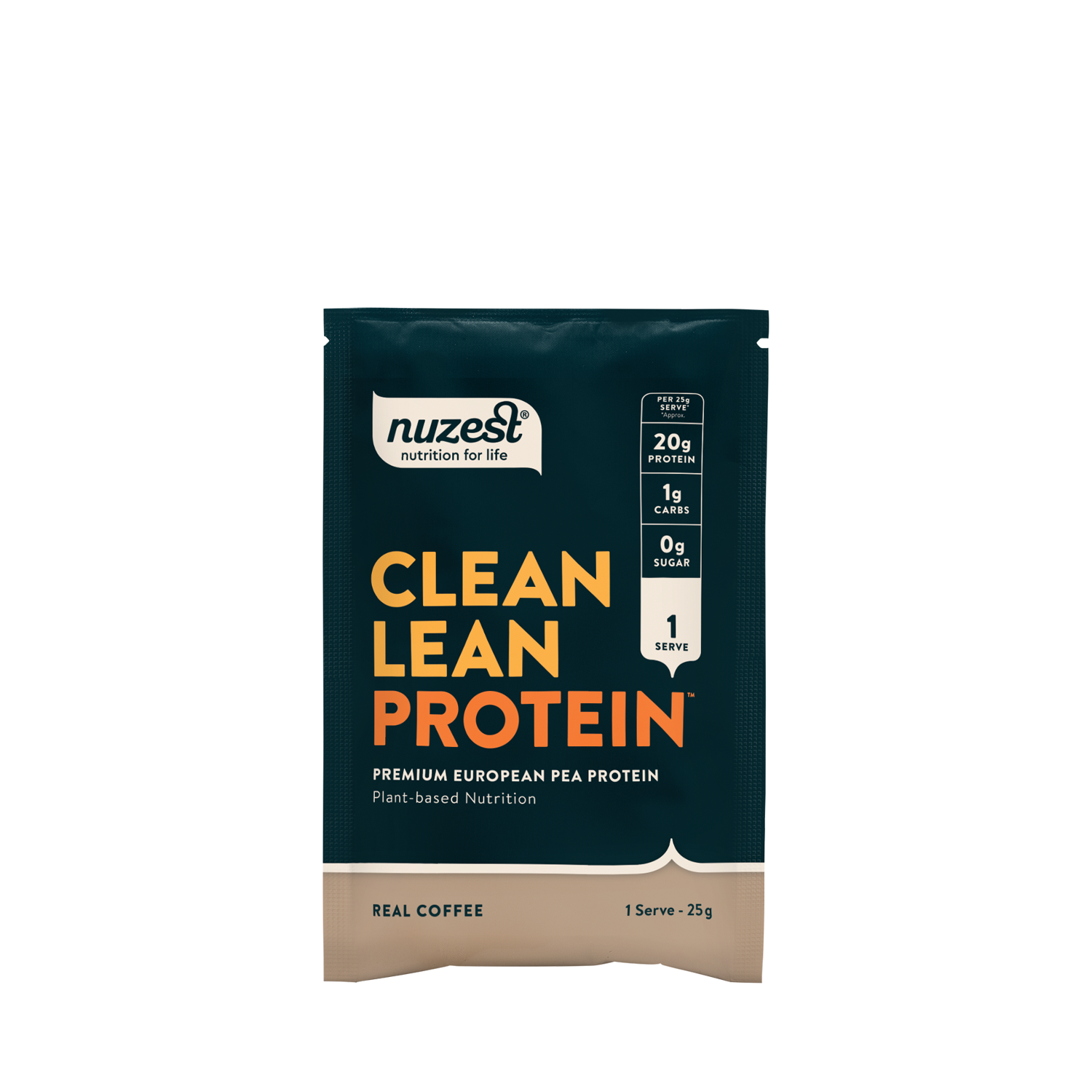Milk Thistle
Silybum marianum L

Milk thistle is a flowering plant (Silybum marianum) whose seeds are commonly used in botanical extracts. It is often included in herbal supplement formulations.
Products:
Milk Thistle to Support Liver Function and Detoxification
Milk thistle is primarily recognised for its role in supporting liver function and detoxification. Its key active constituent, silymarin, exhibits antioxidant and anti-inflammatory effects that help protect the liver from damage induced by toxins, alcohol, and environmental pollutants. Regular use of milk thistle may aid in liver detoxification and promote tissue repair.¹
Milk Thistle for Heart Health
Heart health may be supported by milk thistle through the actions of its primary active compound, silymarin. Research indicates that silymarin can contribute to lowering cholesterol levels and enhancing blood circulation. Additionally, its antioxidant effects may help protect against oxidative stress, a factor associated with cardiovascular disease.²
Milk Thistle and Skin Health
Skin health can benefit from the antioxidant properties of milk thistle. By shielding skin cells from oxidative damage and supporting liver detoxification, milk thistle may contribute to improved skin tone, reduction of acne, and relief from conditions such as eczema. Additionally, its anti-inflammatory effects help soothe irritated and sensitive skin.³
What’s the Difference Between Milk Thistle and Silymarin?
Milk thistle denotes the entire plant, whereas silymarin is the active compound extracted specifically from its seeds. The health benefits attributed to milk thistle—especially its support for liver function and detoxification—are primarily linked to silymarin. In essence, milk thistle serves as the source, with silymarin acting as the key active ingredient.⁴

